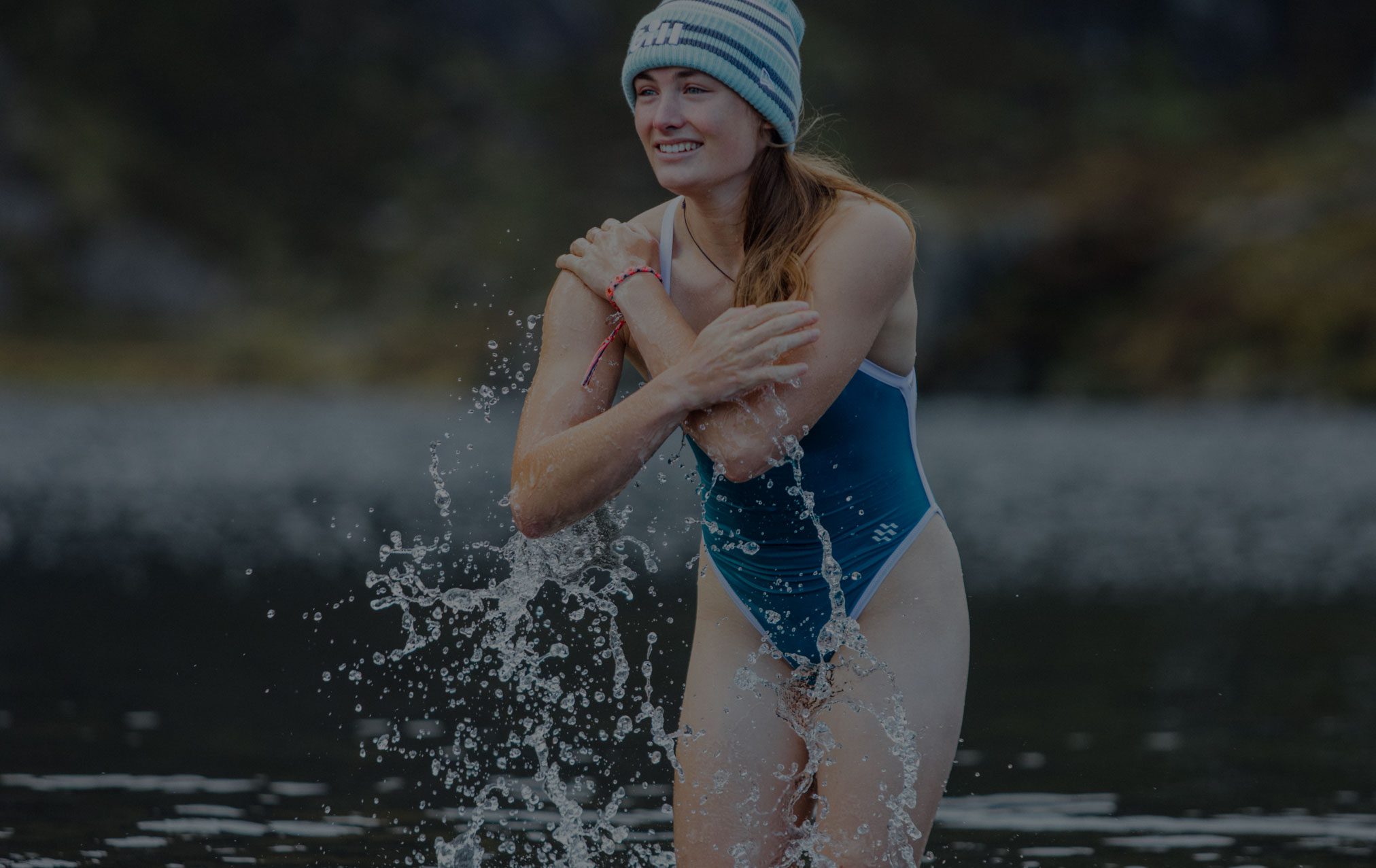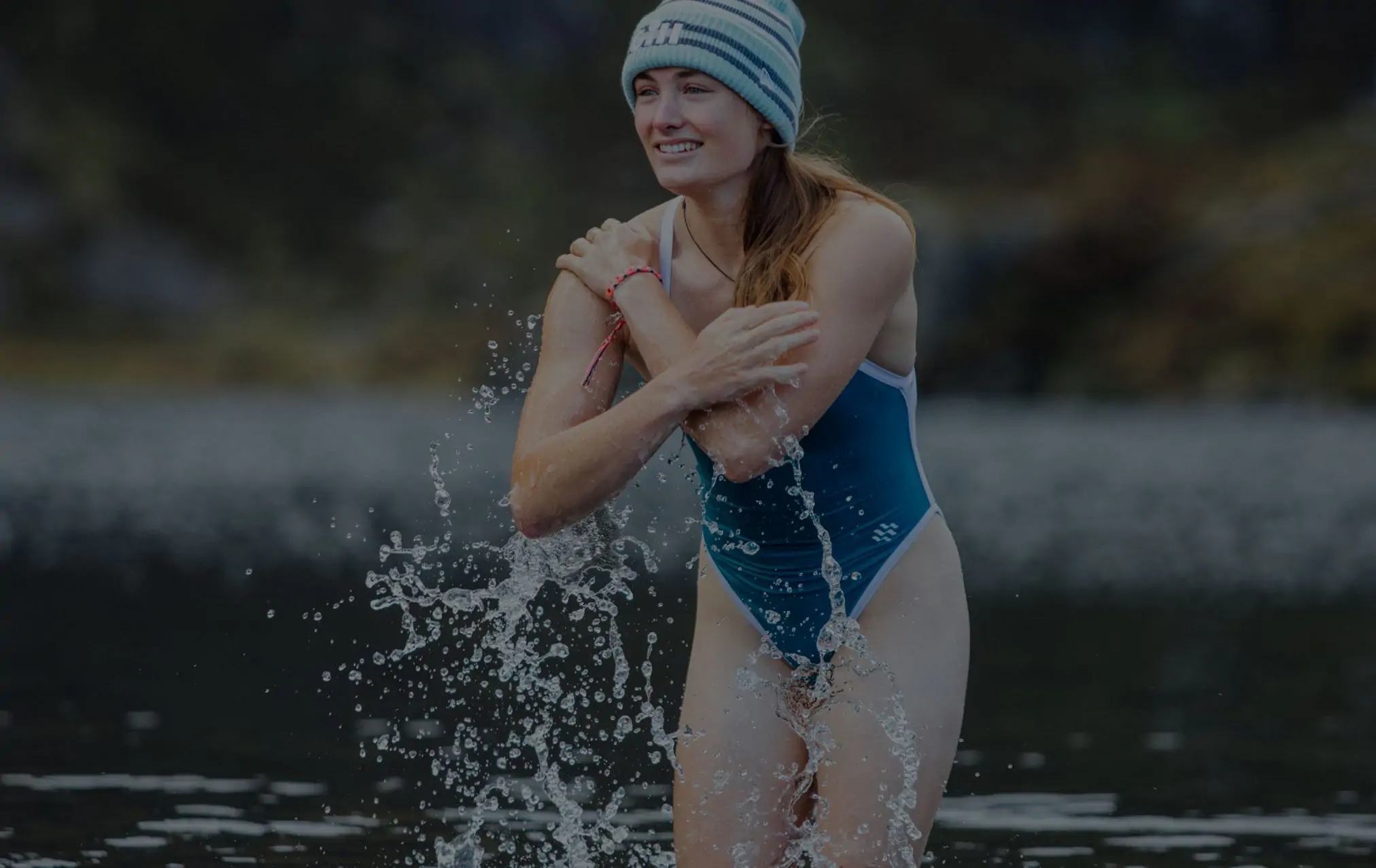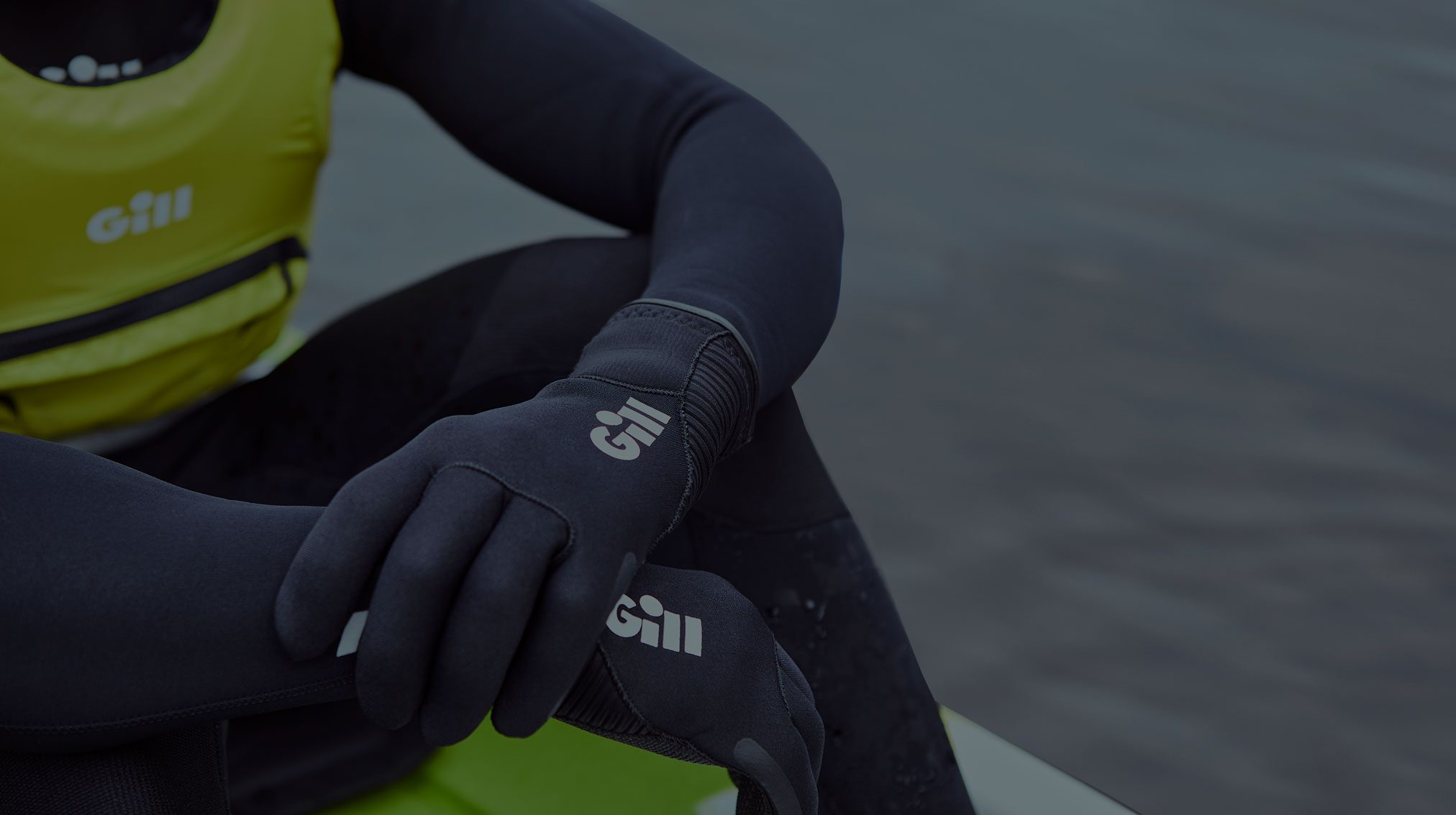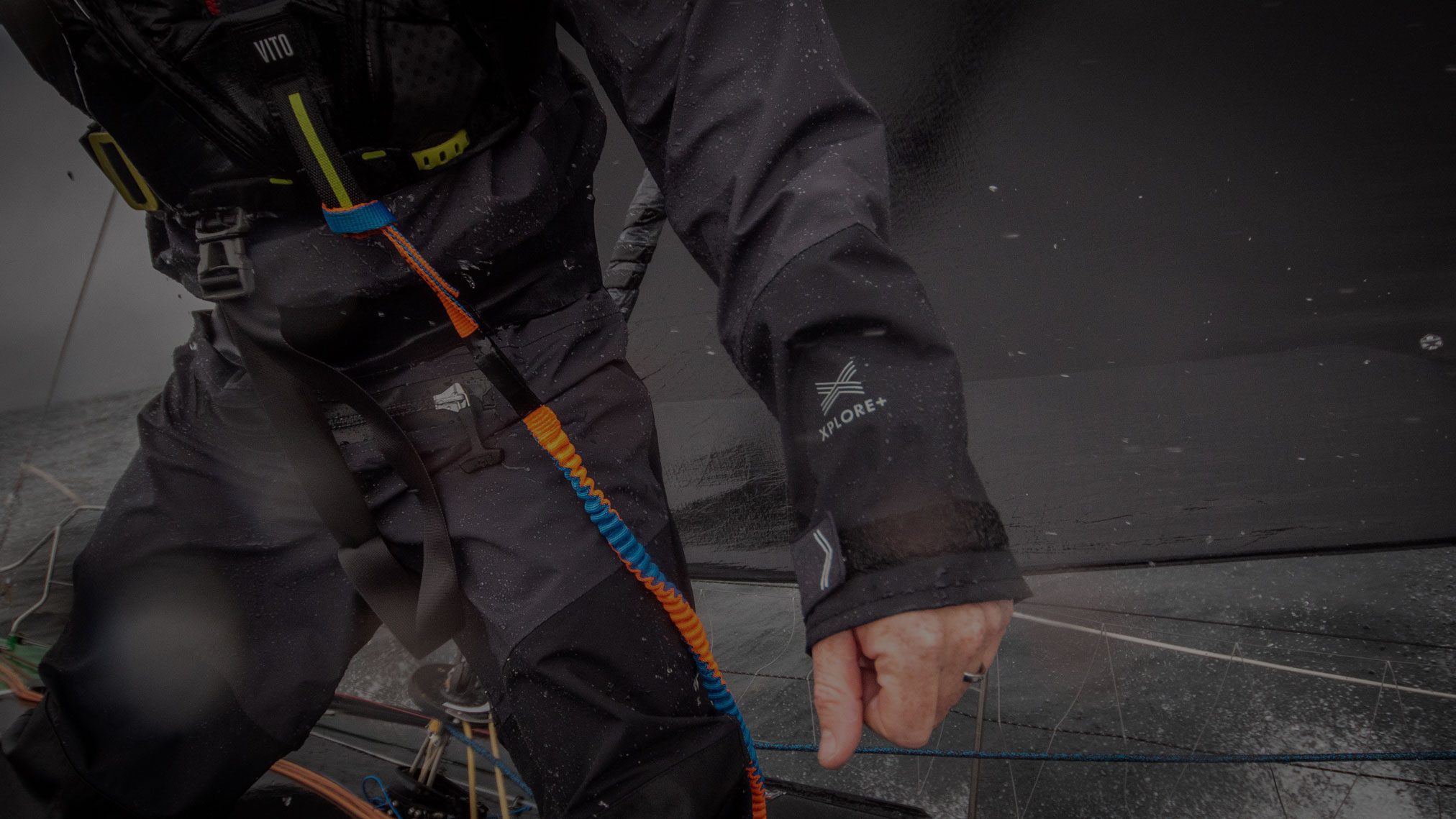What is wild swimming?
Wild swimming, also known as open water swimming, is the sport of swimming in natural bodies of water such as the sea, lakes, and rivers. It is an all year-round sport, which means many people are swimming in very cold waters, some as cold as 6 Degrees (42 Fahrenheit) or even lower. The idea of this may be your worst nightmare but, the cold is part of the experience as it has many benefits including: a natural high feeling, stress reduction and it’s great for your metabolism.
Whether you are wanting to brave the cold or if you are going to wait for it to warm up again before giving it a go, we at Gill have put together some wild swimming tips to help you have a great experience in the water.
Don’t swim alone
Outdoor swimming is unpredictable and even if you are a confident swimmer you can get into trouble. The depth of water can change dramatically as natural bodies of water don’t have a level bottom like in a swimming pool. Fast flowing water can also take you by surprise. Therefore, it is best to either go to an open water spot which is regularly used that you know you will not be alone at, or to go with a friend, especially if you are new to wild swimming.
Don’t be afraid to talk to people around you before and after a swim as the wild swimming community is very friendly and swimmers will be able to offer advice on their own favourite products, the best local swimming spots and tips for getting the most out of a swim.
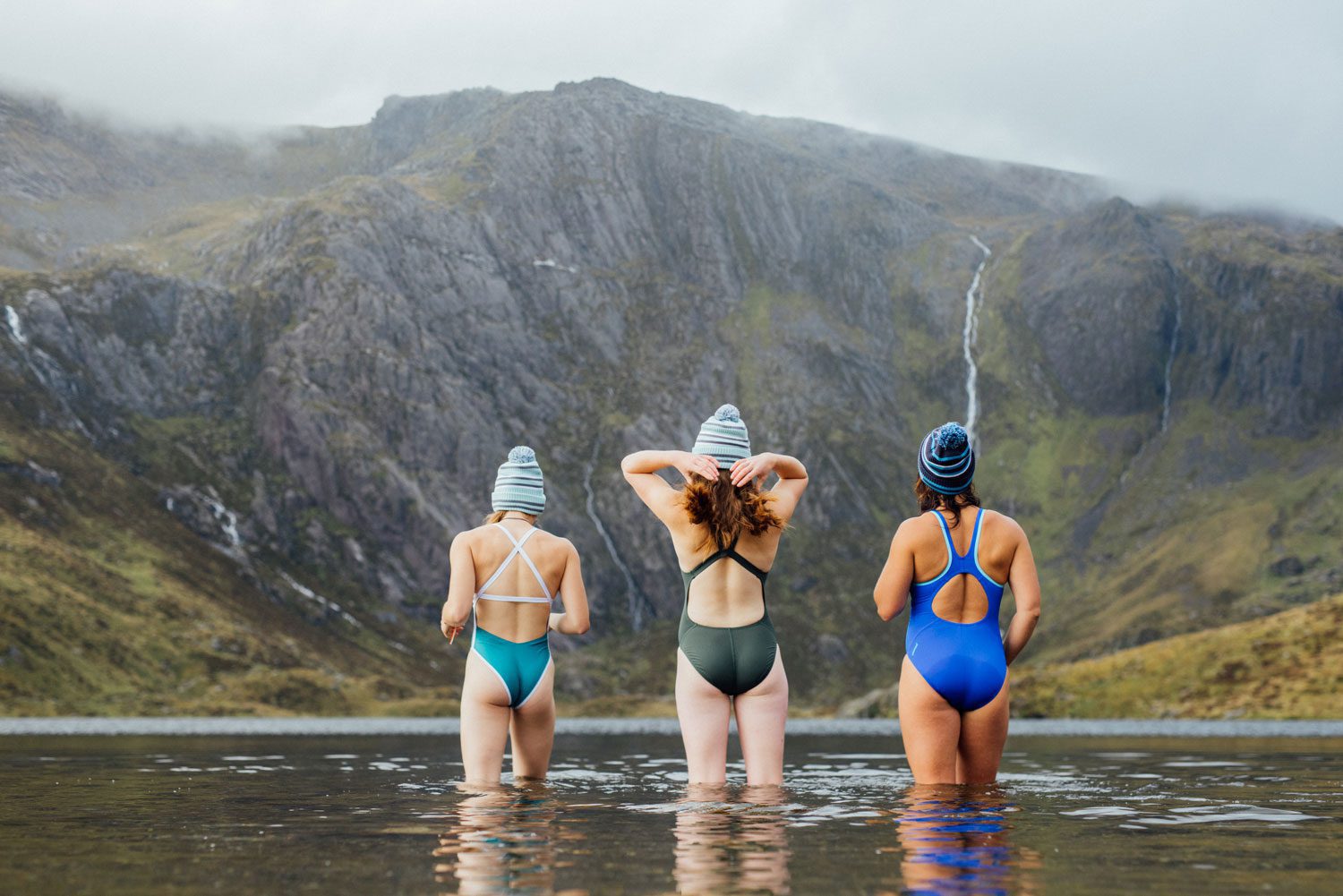
Always wear a tow float
This allows you to be clearly visible, which is very important in open water so that other people using the water, such as boats, paddleboarders and kayakers, can see you and know to not get too close. Also, if you get into trouble you will be noticed and help can be on its way quicker. For extra visibility you should also wear a brightly coloured swimming hat.
Tow floats are useful for more than just visibility, they also allow you to have a rest if you need to by grabbing onto them and using them as a float however, they are not designed to be buoyancy aids so cannot be relied on. Some tow floats also double as dry bags and can safely store valuables and any other items you may want to take with you on your swim.
Practice floating
It is a good idea to practice floating before you go for a serious wild swim, so you know what to do if you get out of your depth or need to take a break, which is a safer method than relying on a tow float. You can do this at a swimming pool to get yourself more comfortable and confident or in a shallow area of open water before attempting to go deeper. If you choose to wear a wetsuit you will find that it is easier to float because neoprene has buoyant properties in water, but humans are naturally buoyant so if you just lay on your back and relax you will float. If you fill your lungs you will become more buoyant so try to take slow, deep breaths. This will also help you keep calm, which follows onto our next top tip:
Practice good breathing
Good breathing is very important when wild swimming. Breathing slowly in through your nose and out through your mouth will help your body get used to the shock of cold water as you get in. You may also want to try splashing the cold water onto your face, neck and wrists to reduce the shock as you submerge your body. If you are swimming in a leisurely way and with your head fully out of the water, you can continue breathing like this. You will find that slow breathing will keep you calm and help you keep swimming for longer. If the water you are swimming in is choppy and you are swimming quickly with your head submerged you may find it difficult to catch a breath without accidentally gulping in water, to prevent this you should turn your body more than you usually would to catch a breath in a swimming pool, making sure to lift your head slightly out the water, and take quicker breaths. But to keep your breathing controlled and calm, slowly exhale with your face in the water.
You can practice good breathing in and out of the water and you may find that this will have positive implications on your mental health.
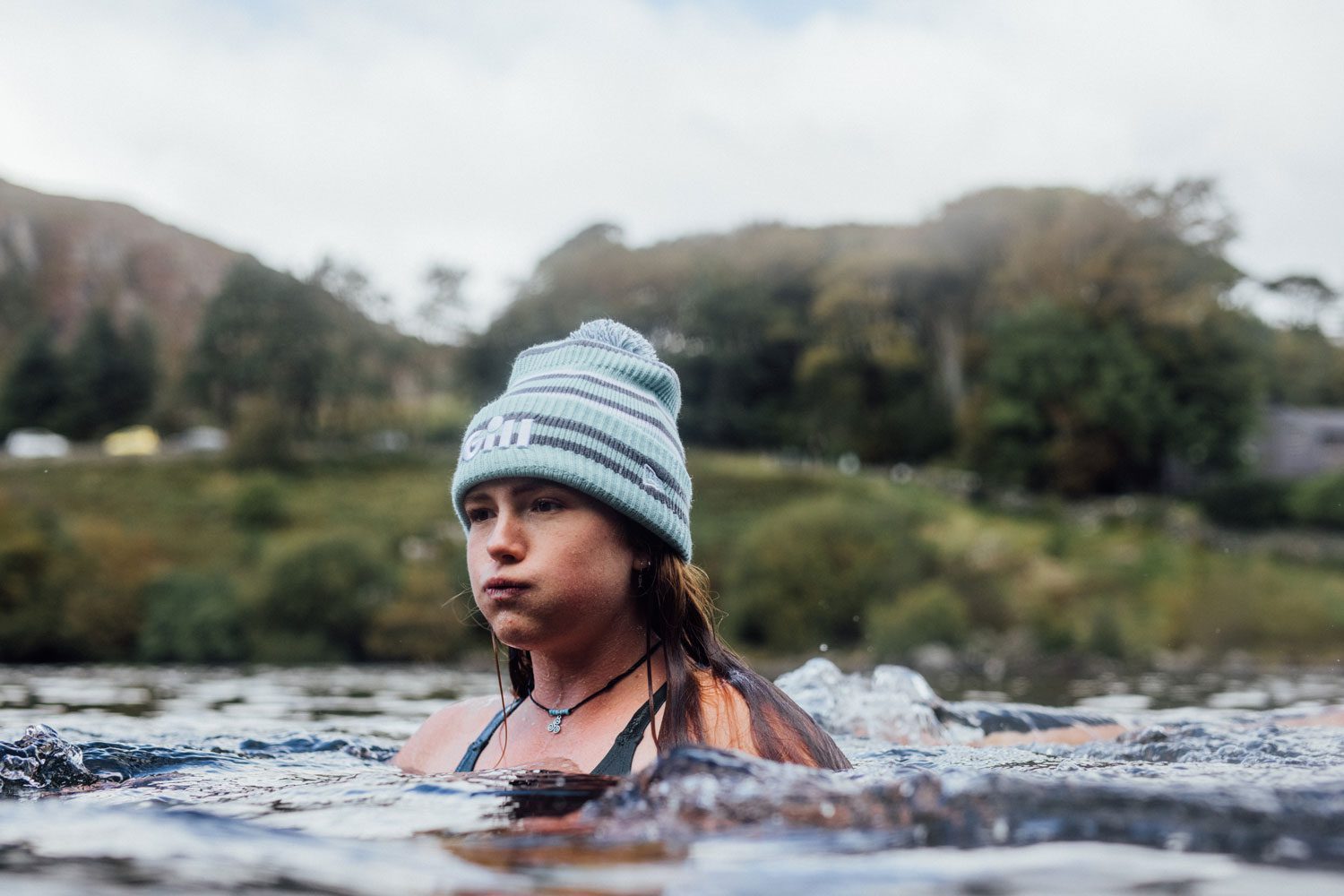
The better your wetsuit fits, the warmer you will stay in the water.
If you decide to wear a wetsuit it should fit you like a second skin as, the closer to your skin it is the warmer you will stay. There should be no rolls, bagginess or gaps in the neoprene, but it shouldn’t be so tight that it limits your range of motion, especially under the arms because this will limit your ability to swim. Wetsuits are notoriously difficult to get on, a great top tip to make it easier is to put plastic carrier bags over your hands and feet as the smooth surface of the plastic can easily slide past the neoprene. This can also help prevent damage to your wetsuit from fingernails and pulling on the material too hard. But, do remember there is no need to wear a wetsuit if you don’t want to, there are plenty of options for wild swimming kit – normal swimwear is even fine, wild swimmers refer to this as ‘swimming skins’.
If you do opt for a wetsuit check out the Pursuit Full Arm Wetsuit which is available in men’s, women’s and junior options and made using 4/3mm neoprene.
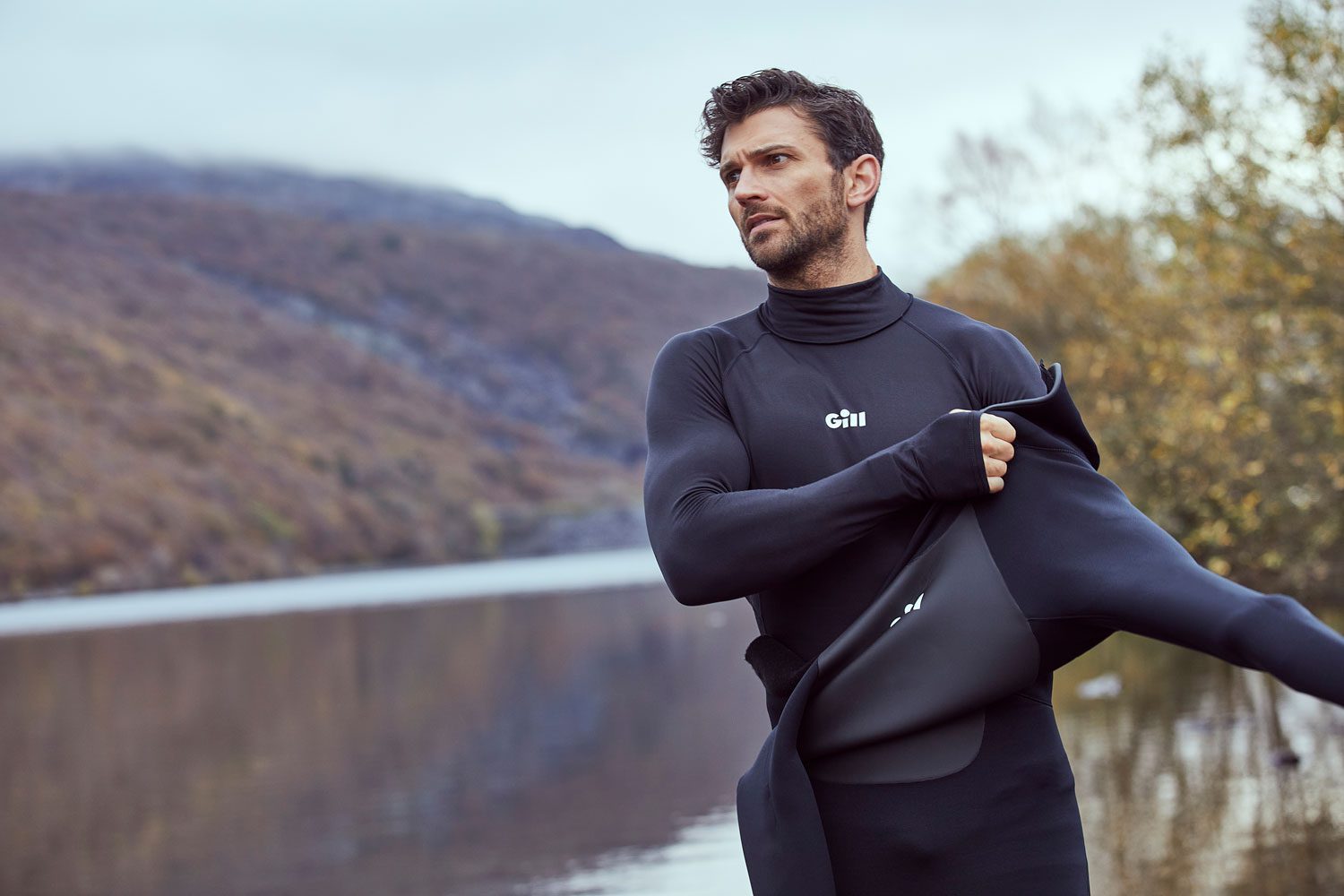
Cover your extremities to stay warmer.
In cold water you will find that your extremities suffer the most and therefore it is a good idea to wear gloves, socks and something on your head. The 3 Season Gloves and Thermal Hot Socks are ideal for colder water.
Some swimmers choose to wear a woolly hat to keep warmth from escaping if they know they are going to be keeping their head out of the water. A good choice is the New Era X Gill Bobble Hat which has a thermal fleece lining to keep your head warm and toasty. If you are wanting to get your head in but want some extra warmth protection, you may want to try a skull cap, this is a neoprene hat which covers your ears and is fastened under the chin.
Once again, these extra layers are completely optional and some swimmers find that they hold them back and it doesn’t feel natural to swim when wearing them, but some swear by the extra layers and wouldn’t swim without them.
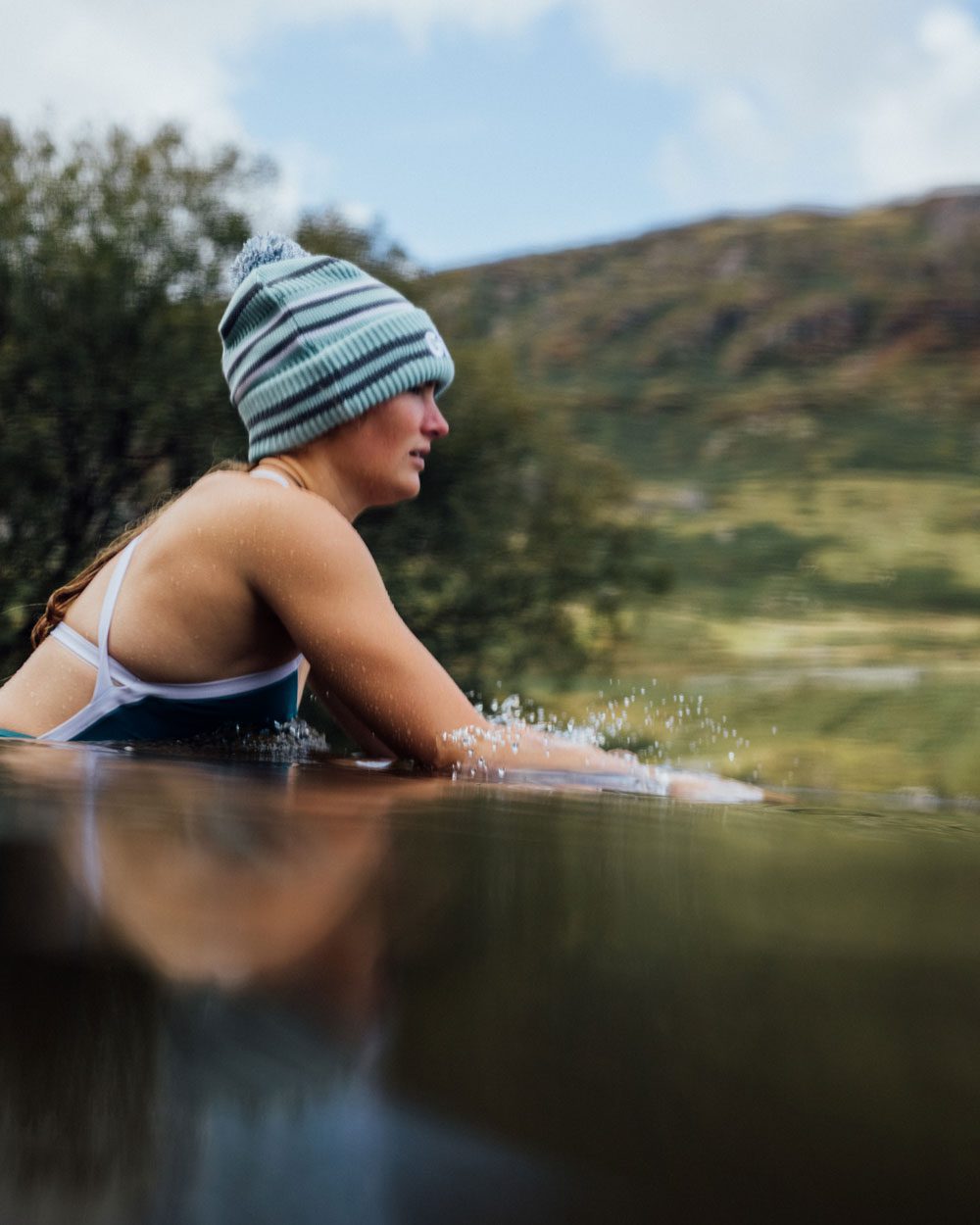
Be ready to warm up as soon as you get out the water.
You are at your coldest 10 minutes after you get out of cold water and therefore, to minimise risks, it is good practice to have warm clothes and a hot drink waiting for you as soon as you get out the water. You should dry off as soon as you can and remove all wet clothing, to do this without needing a changing room many wild swimmers own a bit of kit called a changing robe or changing poncho.
We would recommend the Aqua Parka which has a waterproof, breathable and windproof protective shell and lined with a high loft thermal fleece that keeps you warm even when you are wet. The welded seam construction allows the seams to stretch and move with you as you are changing underneath and the long length provides you with full coverage. Another changing product is the lightweight thermal microfibre Changing Robe, which is great for changing on warmer days.
A good changing tip is to stand on something when getting changed to stop you from losing more heat from your feet, the Changing Mat & Wet Bag is ideal for this. The large volume open top design means you can quickly pack away wet clothing after use and the handy fold-up changing mat which stows away in an internal side pocket keeps your feet protected in any location you are changing in.
Once you are changed and have warmed up it’s best to keep moving to generate body heat.
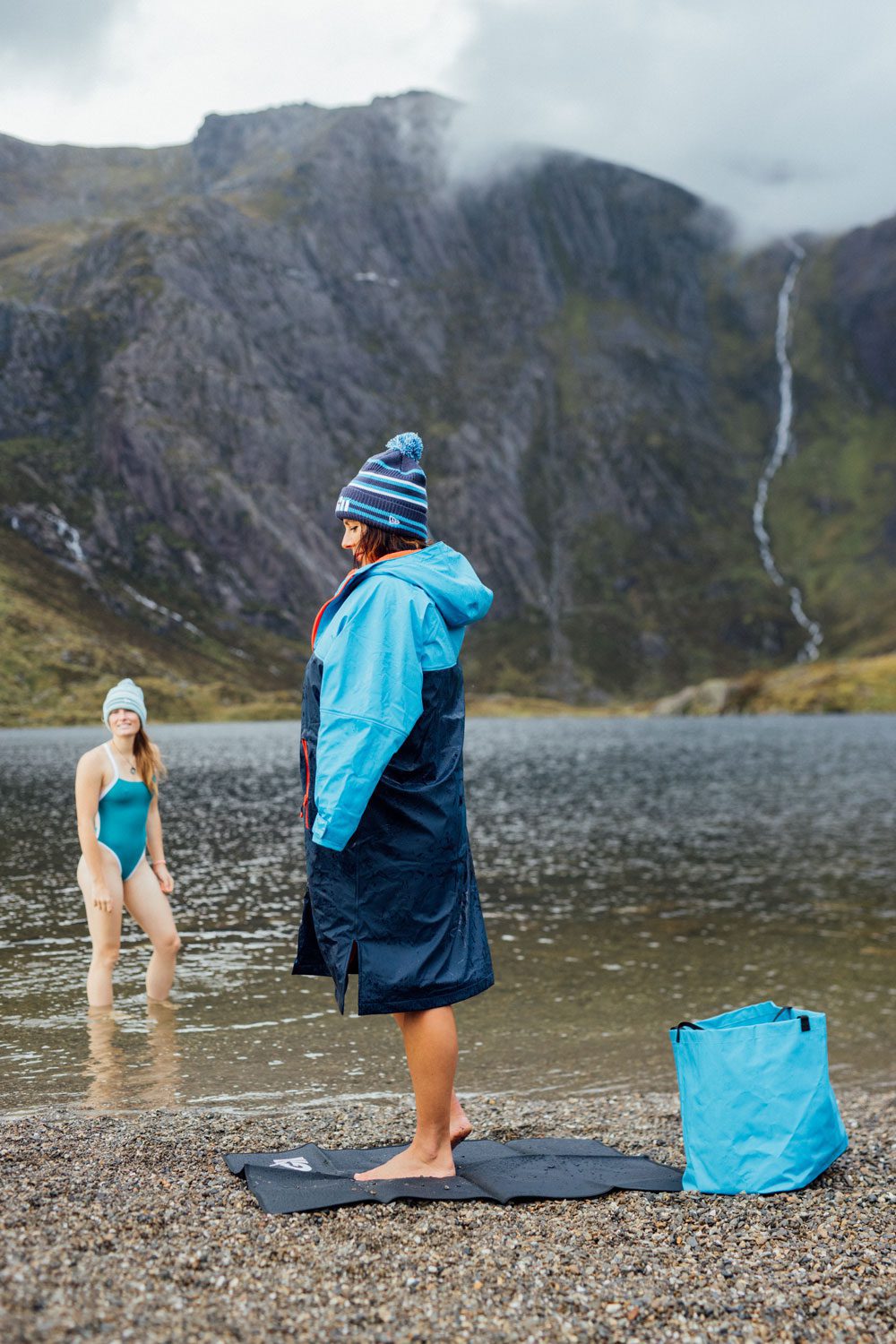
Overall, like most things, consistency is key! To acclimatise to open water swimming, the secret is to just keep swimming in it and gradually you will be able to stay in longer as your confidence grows, and your body will become used to functioning in colder conditions. Commit to going on a regular basis and you will really notice a difference over time.
